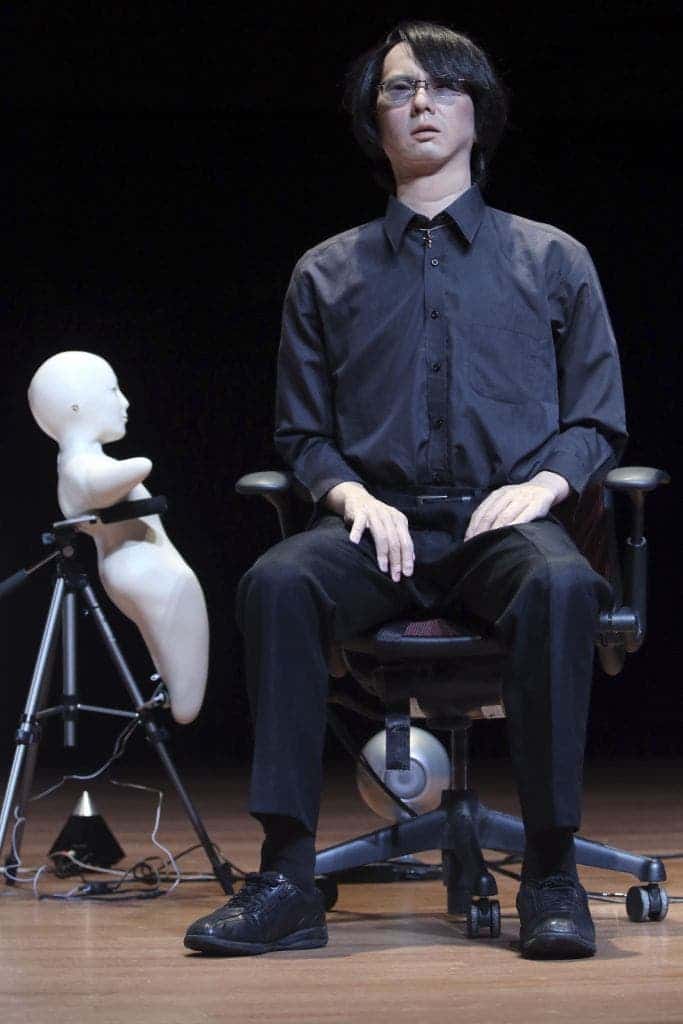This weekend, one of the most curious and utopian conferences took place in New York City, where some of the brightest minds in the field of neuroscience, biotechnology and robotics gathered to discuss the prospect of transferring the human brain and mind out of the biological body and into an artificial vessel. As oddball and SciFi as this might seem, at the conference, which was organized and financially backed-up by a most ambitious Russian multimillionaire, a clear schedule was outlined that seeks to meet this goal by 2045.
- 2020: humans will be able to remotely robots using our brains, using them like a sort of avatar.
- 2025: it will be possible to transplant the human brain into a robotic life-support system, essentially making the brain the only biological component.
- 2045: the brain itself is no longer needed, and all cortex functions, memories, personality and so on are transferred on a computer, thus avoiding biological degradation, leaving way for immortality.
Considering the Russian tycoon spearheading this initiative is only 32, looking at the timetable, it looks as if Dmitry Itskov – who made a fortunate out of internet media business – is so hopelessly afraid of death that he wishes to secure longevity through any means. Itskov says, however, that he tries to eliminate his “selfishness” day by day, and has spent about $3 million promoting his vision. He organized the first conference on the theme in Russia last year.
Motivation aside, what are the implications of such an endeavor and, maybe equally as important, is such a thing possible?

During our lifetimes or by Itskov’s proposed deadline for 2045, chances are extremely dim for something as extreme as this to be possible. Yet numerous scientists are intrigued by the possibilities. Hiroshi Ishiguro, a renowned Japanese robotics scientist, is one such scientist who also attended the conference as a speaker. At the gathering in Manhattan, Ishiguro made himself quite the entrance when a life-size, like-like robot representation of himself, which he calls a “Geminoid” took the stage. The robot moved his lips, nodded and moved its eyes while a hidden loudspeaker played up Ishiguro’s voice. One could be easily fooled to think that the robot was actually Ishiguro, were it not for some elements that gave it away (like the stiff posture).
This robot is already put to good use by Ishiguro back home in Japan, which he uses to give remote lectures to his students. He controls it through the Internet, and sees his students through a webcam, all without having to leave the comfort of his research lab hours away from the University. At the same time, he’s offering his students an avatar representation of himself with which they can relate and follow as if he were present there in flesh and bone… almost at least.
In a way, Ishiguro’s robot-avatar is one of the many projects currently in development that fits the bill with Itskov’s audacious plan, along with other work pertaining to mind-control prosthetic. Martine A. Rothblatt, a speaker at the conference said that people used to think that organ transplant was insane and now it is commonplace. She believes that it is likely that Itskov’s grand ideas will spark many small start-ups who will try to capitalize on growing technology and current momentum. Still, the brain is more complex than a kidney for instance – far more complex.
Currently, Itskov is trying to promote his vision as much as possible and even intends on creating a movement, involving governments and the United Nations, to work toward a common goal. Naturally, some ethical discussions arise. How many of you would be ready to renounce your fragile and ephemeral bodies for the chance of immortality…boxed inside a computer chip?


